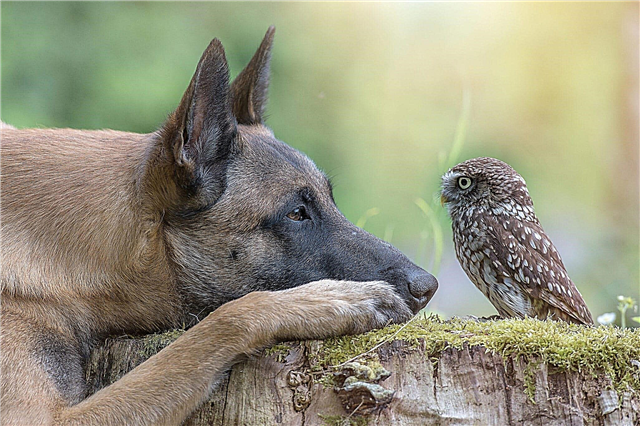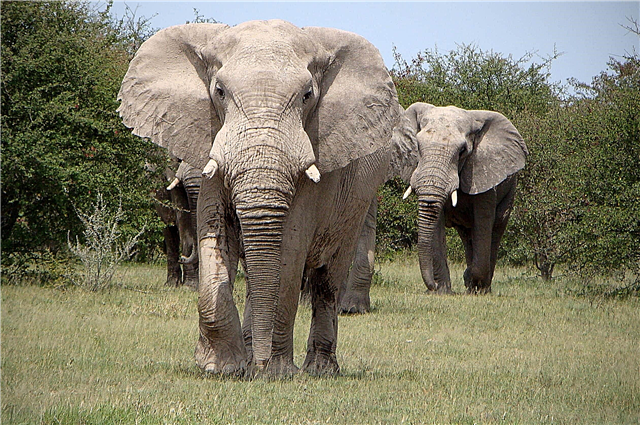
Although it seems that the plants are passive, this is by no means the case. There are various types of reactions characteristic of them, namely: nastia (motor reactions to changes in environmental conditions), nutations (motor activity in search of support) and tropisms (growth reactions regulated by hormones: auxins, gibellins, etc.). Reactions are divided into fast and slow. An example of a quick reaction is the bashful mimosa leaves curled up when touched, or the leaves of various predatory plant species; slow - opening and closing of flowers by a plant due to a change in illumination (floral clock).
What and how do plants feel?
Plants, as well as animals, react to changes in illumination (phototropism, nikinastia, photonastia), touch (seismonastia), changes in temperature (thermonastia) and the chemical composition of the environment (chemotropism).
The vital activity of any organism in general and its ability to respond to changes in the external environment in particular are ensured by its integrity. What ensures the coordinated functioning of all plant systems? Animals have neurohumoral regulation for this. Plants have something similar: their integrity is ensured by hormones (auxins, gibberellins, cytokinins, ethylene, abscisic, jasmic, salicylic acids, brassinosteroids, short peptides) and the presence of action potentials that are generated due to the outgoing current of chlorine ions depolarizing the membrane.
Do plants have a brain?

Conducting bundles are an analogue of nerves in plants, which, by their structure and binding properties, by the way, resemble them. Some researchers believe that the root is the “brain” of plants, since Darwin claimed that “it would not be an exaggeration to say that the root tip, which has the ability to direct the movement of adjacent parts, acts like the brain of one of the lower animals; the brain is at the front end of the body, receives impressions from the senses and directs several movements. ”
In addition, in 2005 in Florence, an international meeting of neuroscientists was held, which concluded that plants have genes that are similar to animal genes responsible for the formation of the nervous system, as well as sections between cells that resemble synapse, glutamate receptors characteristic of “Postsynaptic” regions in animals and specific proteins (G-box proteins and the “14-3-3” family of proteins that act to bind various signaling proteins).
If, based on the information received, we perceive the conducting bundles and root as a specific nervous system of plants, then perhaps we can say that they also have neurohumoral regulation. Only the operation and consistency of these systems has been much less studied than in animals.
How do plants communicate?
Some people think that plants respond to conversations, music, and other forms of human attention. And although plants most likely do not process the human language, they nevertheless are well aware of their environment and are able not only to coordinate the work of individual structures of their body, but also to communicate with each other.So, with the help of volatile substances, they are able to transmit information about the danger to their relatives, use mycorrhizal fungi and echolocation of bats for communication with the help of "ultrasonic reflectors", namely, the special structure of the sheets.
In addition, according to a study by a group of biologists from the University of Northern Australia in Perth, along with colleagues from the University of Bristol in the United Kingdom, plants can make clicking sounds that can be heard thanks to highly sensitive instruments used to study the acoustic properties of insect antennas, and probably in this way , they can communicate with each other. So, the roots of corn, dipped into water, made a sound with a frequency of 220 hertz, and when scientists began to make sounds of the same frequency with the help of equipment, the roots of the plant began to grow towards the sound source.
This means that plants can be much closer to us than it seems at first glance. They are able to feel, communicate, perhaps even remember some information. However, this is not surprising, because only once again proves the existence of a common ancestor for all living organisms living on planet Earth.












